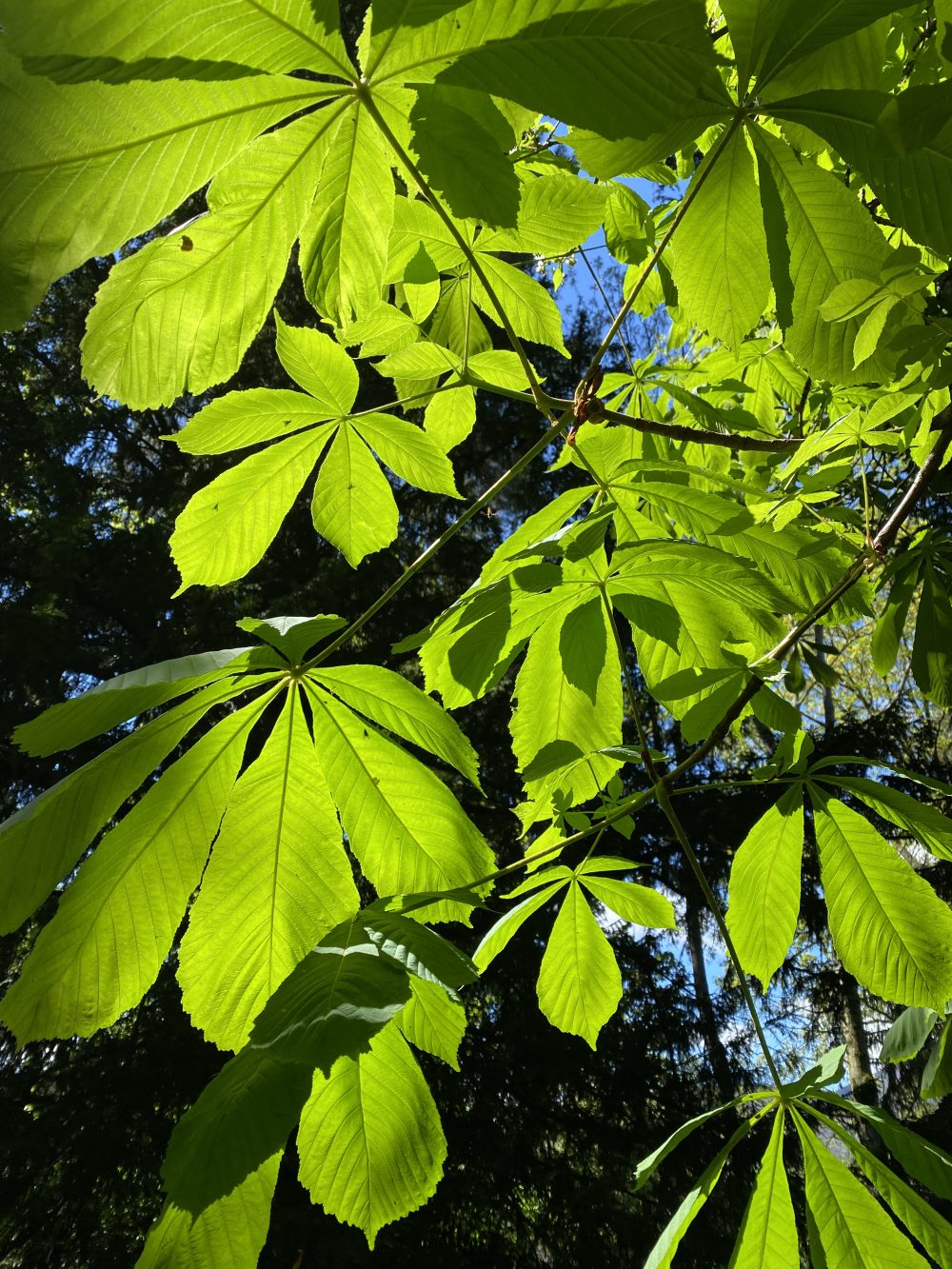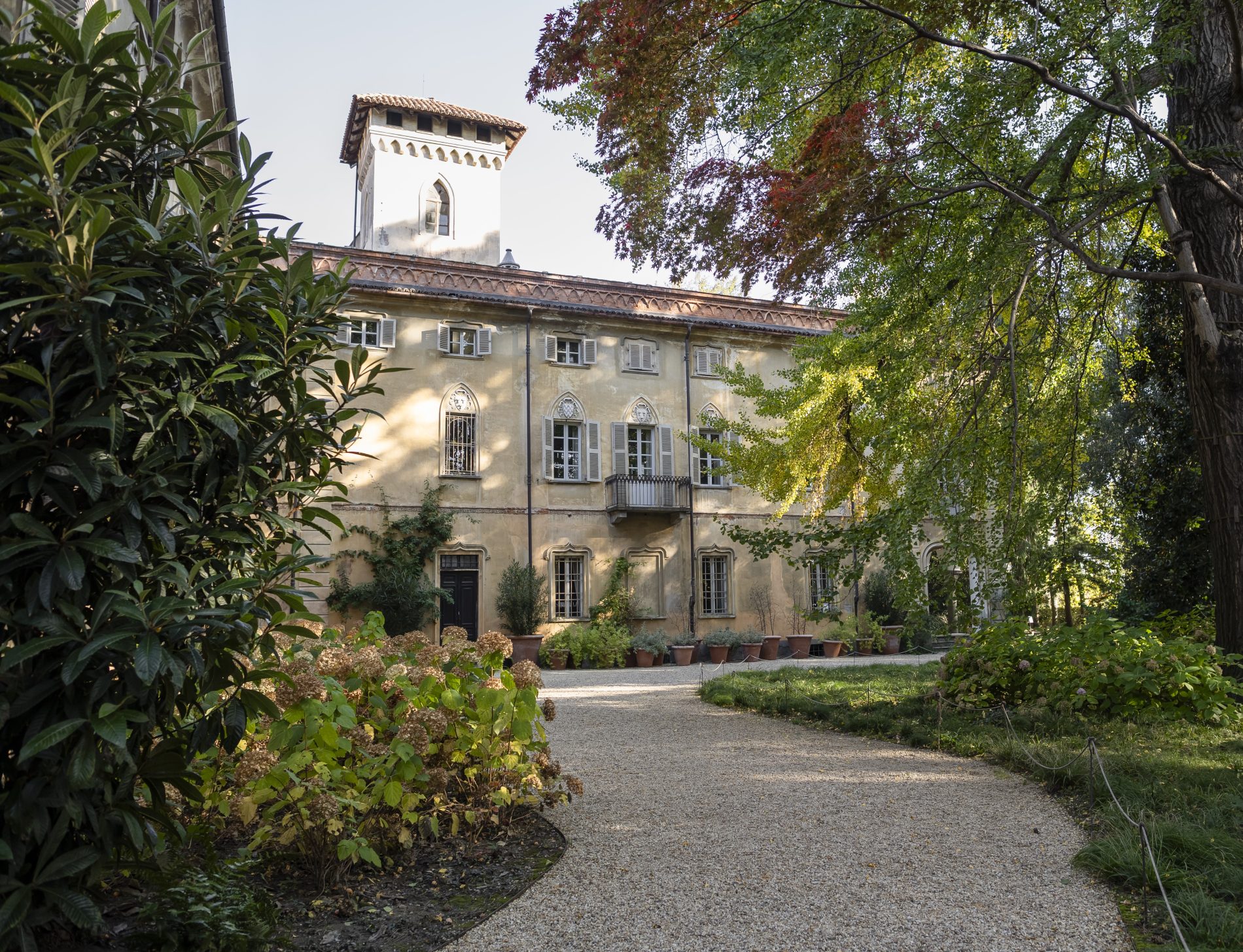The Horse Chestnut

Audio
Descrizione
The horse chestnut, or Indian chestnut, is a deciduous tree that develops a dense and wide canopy. Its place of origin is the Pindus Mountain range, between Macedonia, Albania, and Greece. In Italian, the term castagno d’India (Indian chestnut) derives from the ancient habit of referring to anything from the East or across the sea as “Indian.” In autumn, the horse chestnut drops its summer fruits, which are round capsules covered in spines that, upon hitting the ground, release their seed, the so-called “conker,” in his Dizionario fantastico, Tonino Guerra, describes this time of year saying “…of the thousand years and more of my land (…) only a sound memory remained. It was the resonant thuds made by the wild chestnuts of the horse chestnut trees in November along the station avenue.” In the past, conkers were used to create natural medicinal remedies. Carrying a conker in one’s pocket during winter was believed to ward off colds and the plant’s name itself comes from the belief that it could cure the cough of mules, donkeys, or horses.
According to botanist Carolus Clusius, this tree was first brought to Prague in 1561, passing through Constantinople and reaching Vienna in 1576. In Vienna, it was cultivated as an ornamental plant and for avenues along main roads. This urban presence, even today, amid a violent modernity where trams trample roots, with dust, toxins, and methane underground, is recounted by Primo Levi in his poem Cuore di legno, written in 1980 and dedicated to the trees that shaded his house in Turin: “My neighbor is sturdy. He is a horse chestnut from Corso Re Umberto; he is my age but doesn’t show it. (…) Yet, in his late wooden heart, he feels and enjoys the return of the seasons…”
Nelle vicinanze trovi
Ti trovi qui
